Best Seasons for Foundation Repairs in East Lansing
Foundation repairs are most effective when performed during specific seasonal conditions. The optimal time generally depends on local climate patterns, soil conditions, and moisture levels. In East Lansing, MI, late spring and early summer often provide the most stable conditions for foundation work, as soil moisture levels are balanced, reducing the risk of further shifting or cracking.
Performing repairs during periods of moderate weather minimizes the impact of extreme cold or heat, which can affect soil movement and the curing process of materials used in repairs. Avoiding winter months is recommended due to frozen ground, which can hinder excavation and stabilization efforts. Similarly, extremely dry or wet periods can complicate foundation work, making spring and early summer ideal for timely and effective repairs.
Soil moisture levels influence foundation stability. Repair work during balanced moisture conditions ensures better results.
Moderate temperatures help materials cure properly and reduce the risk of soil movement during repairs.
Planning repairs during favorable weather windows minimizes delays and potential complications.
Avoiding winter and peak summer months helps prevent issues caused by frozen or overly dry soil.
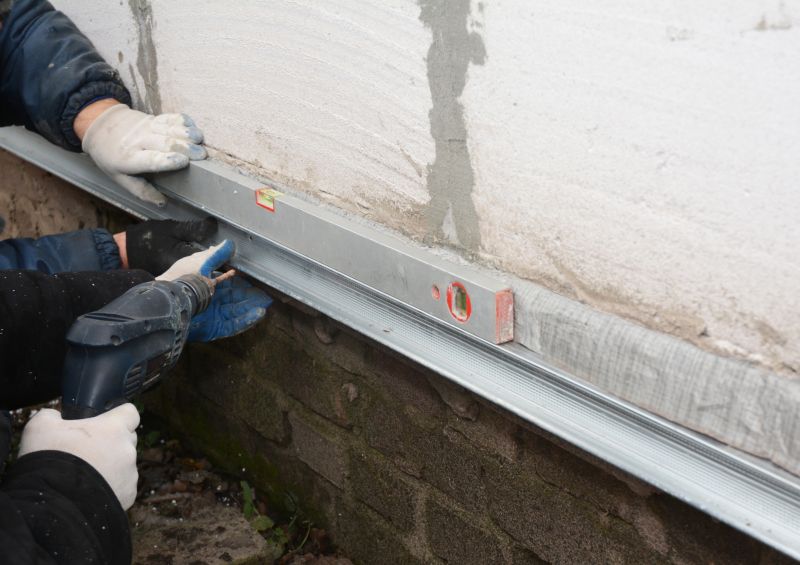
Spring offers ideal moisture levels for foundation stabilization work.
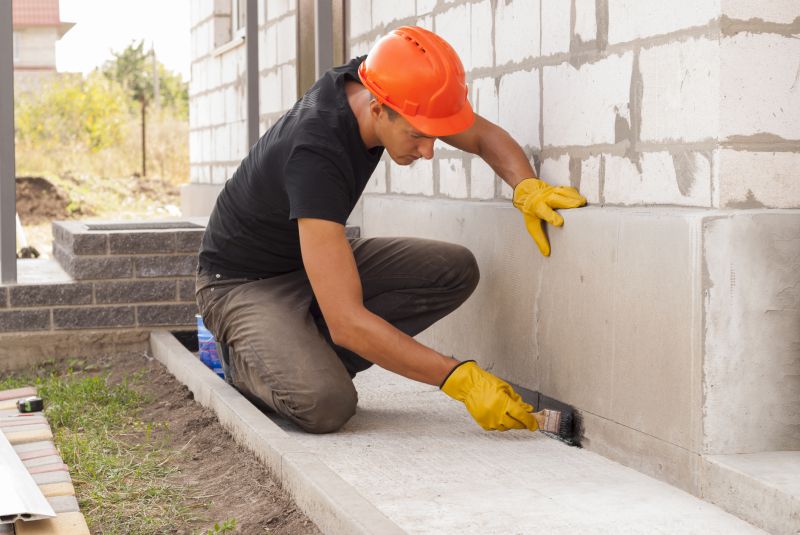
Early summer provides warm, stable conditions for effective repairs.

Fall can be suitable if soil moisture is balanced, avoiding winter freeze.
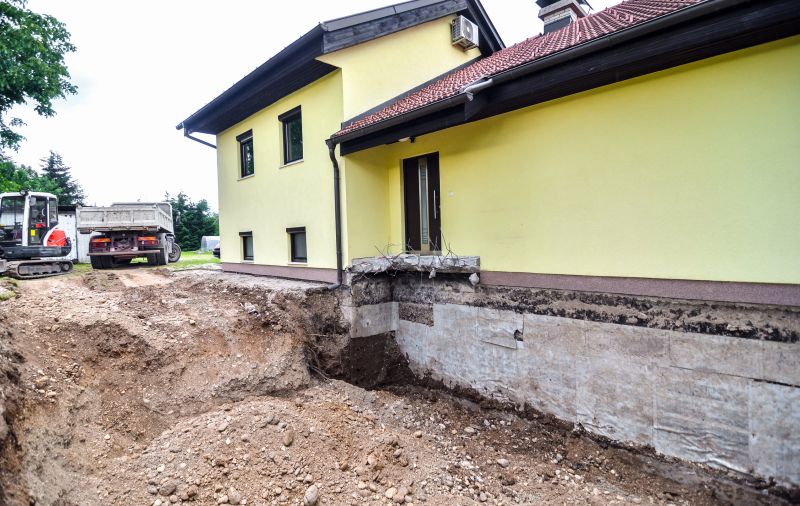
Frozen ground and snow hinder excavation and stabilization efforts.
| Season | Optimal Conditions |
|---|---|
| Spring | Balanced soil moisture, moderate temperatures |
| Summer | Warm temperatures, stable soil conditions |
| Fall | Good moisture levels, avoiding freeze |
| Winter | Frozen ground, high risk of delays |
Foundation repairs involve correcting shifts, cracks, and settling issues that compromise structural integrity. These repairs often include underpinning, piering, and stabilization techniques. Proper timing ensures that repairs are durable and effective, reducing the likelihood of future damage. Understanding seasonal factors helps homeowners plan repairs during periods that maximize success and minimize disruptions.
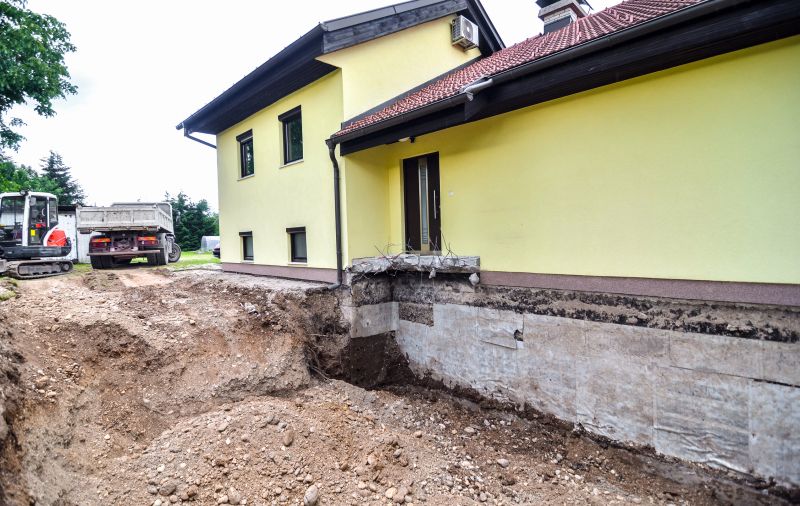
Visual overview of excavation, stabilization, and backfilling.

Sealing and reinforcing cracks to restore stability.

Adding support beneath the foundation for added strength.
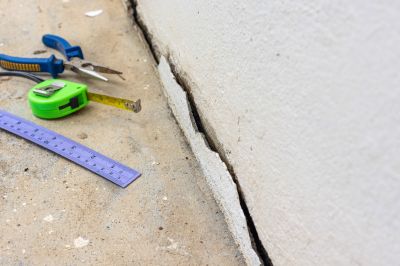
Ensuring repairs meet structural standards.
Timely foundation repairs are essential to maintaining the safety and value of a property. Structural issues, if left unaddressed, can lead to costly damages and safety hazards. Regular inspections and understanding the best seasonal windows for repairs can help prevent extensive damage and prolong the lifespan of the foundation.
Interested in foundation repairs? Contact for more information and to schedule an assessment to determine the best timing for specific needs.

